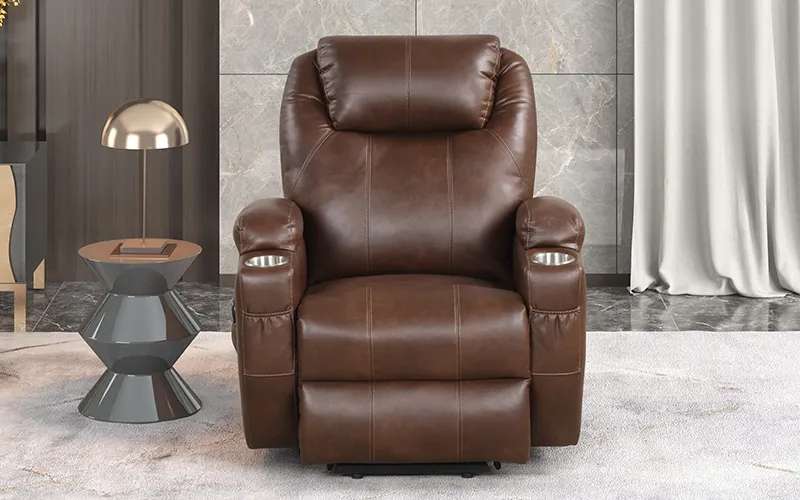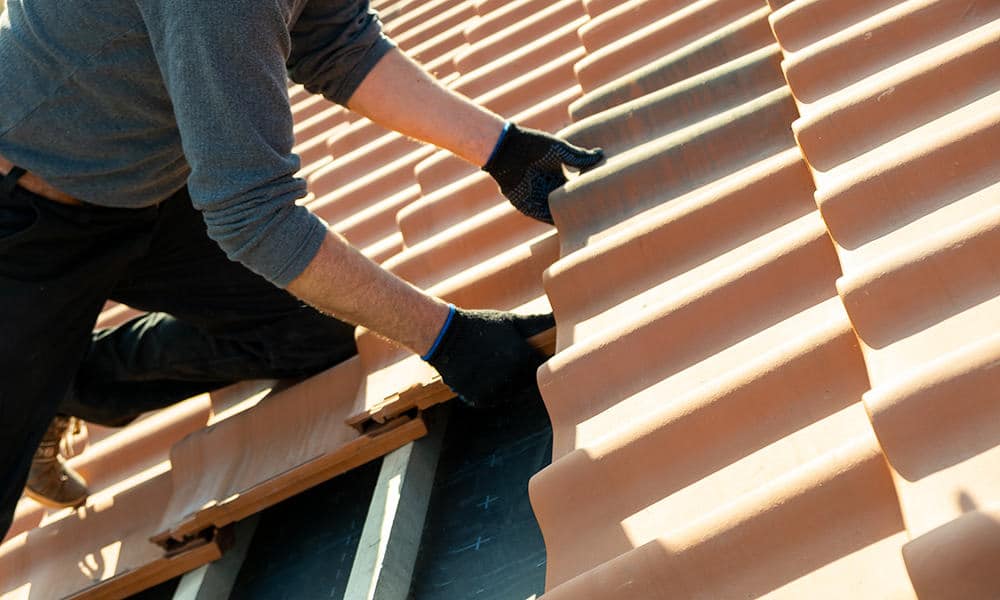Where to Utilize Putty on Plumbing?
Putty or plumber is normally used for securing along with the tap bases and other sink fixtures before setting them onto the sink. It’s likewise applied to the bottoms of sink filters as well as pop-up drainpipe installations for sinks as well as bathtubs. In all of these common applications, the putty is concealed under a lip, flange, or edge and is not noticeable when the component is set up. If caulk were used rather than putty, it would be tough to access these areas to cut through the caulk to remove the component.
If you need any residential and commercial service for your plumbing, please click on the link.
How to Utilize Plumber’s Putty?
Plumber’s putty is a really affordable material that is sold in small plastic bathtubs. It is formed by hand before it is applied to the plumbing part. Follow these standard actions to use plumbing’s putty:
- Scoop out a sphere of putty from the bathtub with your fingers.
- Roll the putty to and fro in between open hands to produce a continuous rope, similar to making a serpent out of Play-Doh. Make the rope of any size you require and of a constant size that is slightly larger than the space you require to load.
- Lay the putty rope into position on the part you wish to seal, starting at any kind of factor and working in a constant loop, running around the part and meeting back at the beginning point. If the rope is too brief, it’s ideal to start over and roll longer rope; splicing in areas of putty can cause leaks. Tear off the excess putty at the end of the rope.
- Delicately push the rope into place without deforming it. This is just to maintain it from coming to the shed when you turn the part appropriate side up. It will crush down when you mount the part. If you press the putty flat at this phase, it could not secure against the breeding part.
- Mount the component as needed. When you tighten down the part, putty will likely eject from the sides; this is desirable, as it suggests you utilized a lot of putties. Tighten up down the component completely, as relevant, then wipe up any type of excess putty with your finger.
If you are not sure, then call us today for an inspection.




